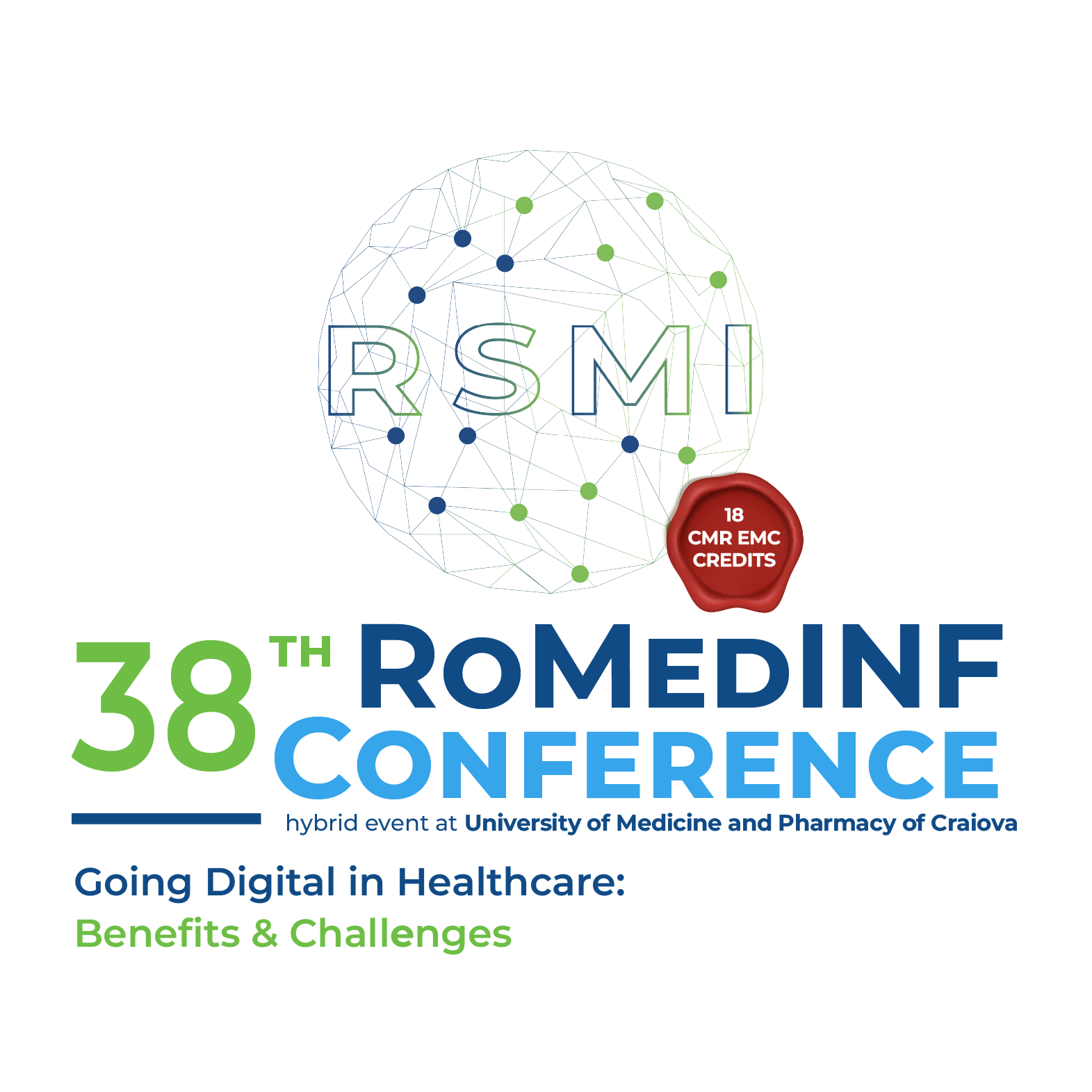Quantitative and Qualitative Evaluation of Antibiotic Consumption in Urological Pathology
Keywords:
Antibiotic Consumption, Monotherapy, Combination Therapy, InfectionsAbstract
Background and Aim: The rise in antimicrobial resistance poses significant challenges in urological practice, affecting both treatment and prophylaxis. A detailed understanding of local microbial prevalence and resistance patterns is essential for guiding antibiotic therapy. This study aimed to analyze the quantitative and qualitative aspects of antibiotic consumption in the Clinical Urology Department of Bihor County Emergency Clinical Hospital. Materials and Methods: A quantitative and qualitative observational statistical analysis was conducted on antibiotic consumption in 2024 in patients receiving antibiotic therapy while hospitalized in the Clinical Urology Department of the Bihor County Emergency Clinical Hospital. Results: Among 798 hospitalized patients receiving antibiotic therapy in 2024, 684 (85.71%) received monotherapy, while 114 (14.28%) underwent combination therapy. The most used antibiotics were Ceftriaxone (426 patients), Meropenem (62 patients) and Cefoperazone/Sulbactam (59). Among patients receiving combination therapy, the most frequently prescribed regimen was Ceftriaxone + Gentamicin (53 patients). Conclusion: The evolution of urological surgery, shifting from open to minimally invasive procedures, may influence antibiotic prophylaxis policies. This study provides valuable data to inform recommendations for empirical antibiotic therapy in patients with urologic disease.
Downloads
Published
How to Cite
Issue
Section
License
Copyright (c) 2025 Mihai Cornel TĂMĂŞAN, Corina VERNIC, Silvestru Alexandru BIG, Val Ilie BĂRBOS, Bogdan Ovidiu FECICHE

All papers published in Applied Medical Informatics are licensed under a Creative Commons Attribution (CC BY 4.0) International License.

